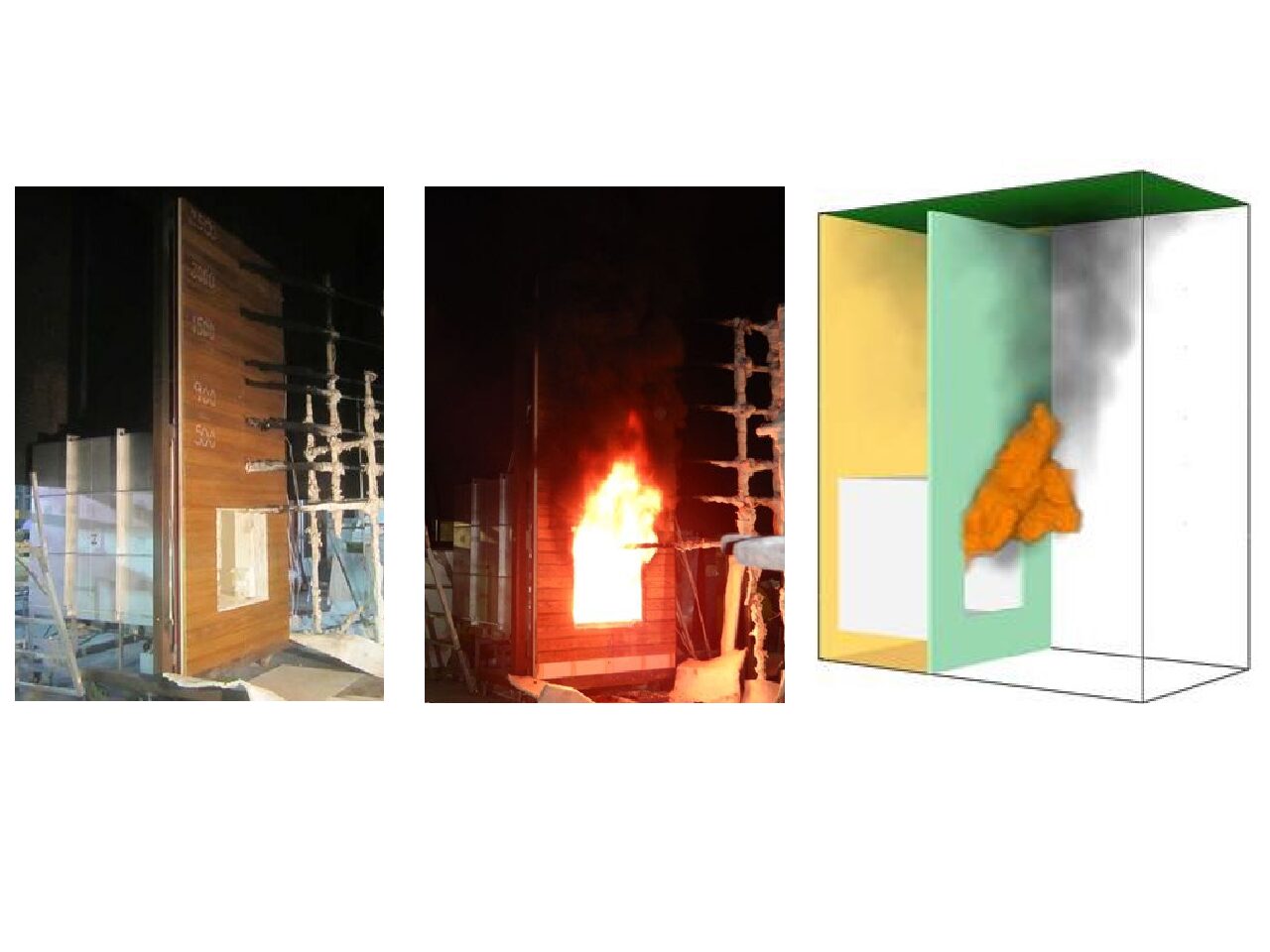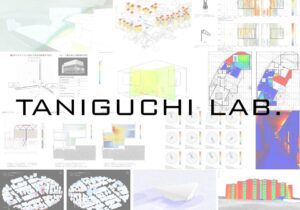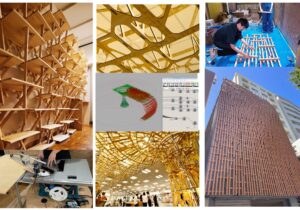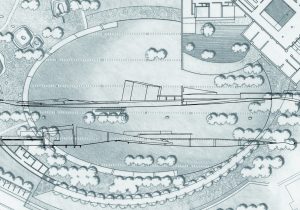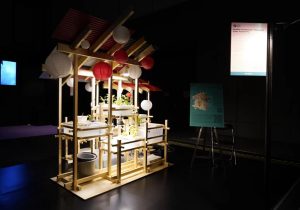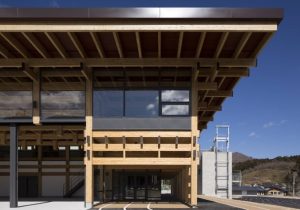丸山研究室 Maruyama Laboratory
材料科学と構造工学によるサステナブルでカーボンニュートラルな
建築と建設産業への貢献
維持保全の時代になっている今は、工学的研究から科学的研究の重要性がましてきました。材料の化学・物理を理解し,時間依存する材料の変化を理解・予測して100年以上の期間の性能を予測して使いこなす時代になりました。極限環境における材料設計,自然に学ぶ材料開発,歴史的構造物の維持保全,セメント系材料のマルチスケール性能評価研究などを題材として,新たな建設材料の開発,新たなリサイクルループの開発,既存・将来問題へのソリューションの提案,材料機能発現メカニズムの解明,サステナブル社会に貢献する人材の育成行っています。
関係機関:東京大学、北海道大学、東京理科大学、工学院大学、宇都宮大学、清水建設、太平洋セメント、増尾リサイクル
コンクリートは、地球上で水に次いで使用量の多い材料・物質で、建築物・土木構造物などの社会資本整備にとって必須の建設材料です。しかし、その主要材料であるポルトランドセメントの生産に際して、有限な天然資源(可採年数は約100年)である石灰石を大量に使用するとともに、温室効果ガスであるCO2を大量に排出(世界全体の7%)しています。このような資源枯渇とCO2排出の問題を根本的に解決するため、「C4S研究開発プロジェクト」では、下図に示すように、建築物・土木構造物として蓄積されているセメントコンクリート中のCaをCO2の固定化が可能な潜在的未利用資源とみなし、建築物・土木構造物の解体によって発生するセメントコンクリート廃材と大気中のCO2とを炭酸カルシウムコンクリート(CCC: Calcium Carbonate Concrete)として再生する技術を開発中です。そして、CCCを現在のセメントコンクリートに替わる主要建設材料として利用することで、新たな資源循環体系(C4S:Calcium Carbonate Circulation System for Construction)を実現することを目指しています。
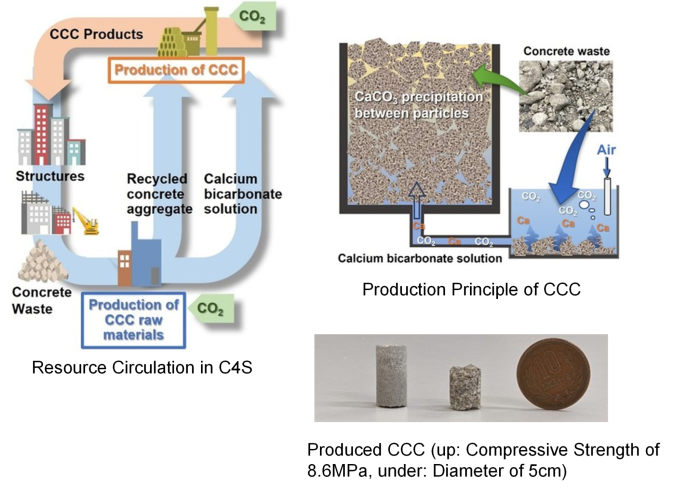
関係機関:三菱総合研究所、名古屋大学、東京大学、鹿島建設、チェコ原子力研究所、千葉大学、長岡技術科学大学、エム・アール・アイ リサーチアソシエイツ
運転開始後30年を超えて最大60年間運転する軽水炉プラントの高経年化対策のうち、取替えが困難な原子炉コンクリート構造物に関して、放射線の照射影響による劣化のメカニズムを明らかにし、安全な継続運転が可能か否かを判断するための技術的知見を得ます。合わせて、我が国の複数の軽水炉が参照し活用できる基礎データや標準的な評価手法を整備し、原子力の安全性向上に資する共通基盤の整備に資します。これによりコンクリート組成の異なる各プラントの長期運転に貢献します。

図1 照射量と強度の関係(左上),照射後のコンクリート(右上),原子炉で照射する様子(右下),電子線で照射した石英の変質(左下)
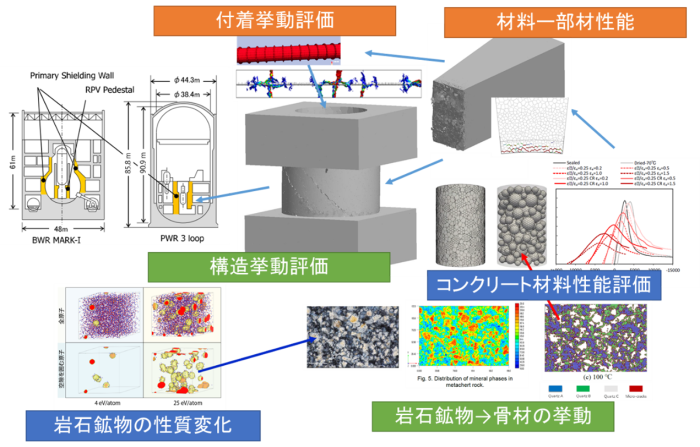
図2 マルチスケールで考慮する鉄筋コンクリート部材の性能評価システム
関係機関:東京大学、国立環境研究所、太平洋コンサルタント、太平洋セメント、名古屋大学、北海道大学、日本原子力研究開発機構
福島第一原子力発電所の廃炉において,コンクリート部材中の放射性物質の汚染状況(内部の濃度分布,総量)の把握は,作業を行うための除染,解体方法の選定,解体後の処分などに必要な情報になります。従来,コンクリート中の物質移動について,陽イオンの挙動は明らかになっていない上,さらに,海水との相互作用,コンクリートの経年変化と原子炉の発熱による高温履歴の影響など,複雑な要因が多いです。これらの基礎的情報を取得した上で,物質の浸透予測を行い,原子炉構造物の汚染状況を推定する手法の構築が本研究の目的です。
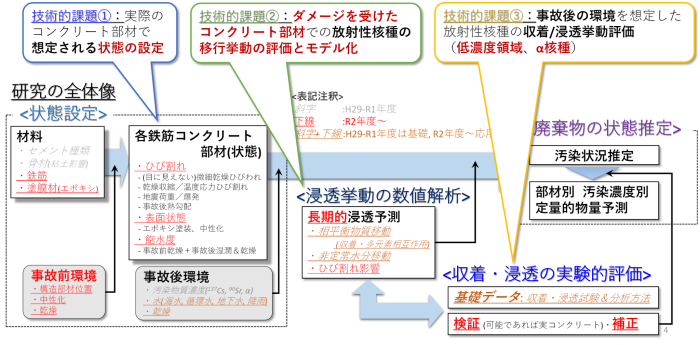
「CO2排出削減・固定量最大化コンクリートの品質管理・固定料評価手法に関する技術開発―GI基金プロジェクト」
関係機関:東京大学、太平洋コンサルタント、千葉大学、琉球大学、広島大学、北海道大学
現在,さまざまなコンクリートにおいてCO2の固定化が議論されています。従来のセメントは,セメント製造時に石灰岩の分解によるCO2を多量に出すために,コンクリート業界はCO2排出量の一定量に責任があらため,あらたなコンクリートが検討されている状況です。これらの開発において,健全な市場を構築する上では評価方法の標準化が必要です。本研究開発では,将来的なJIS/ISO化を目的とした評価方法の開発とそれに資するデータの整備を行います。
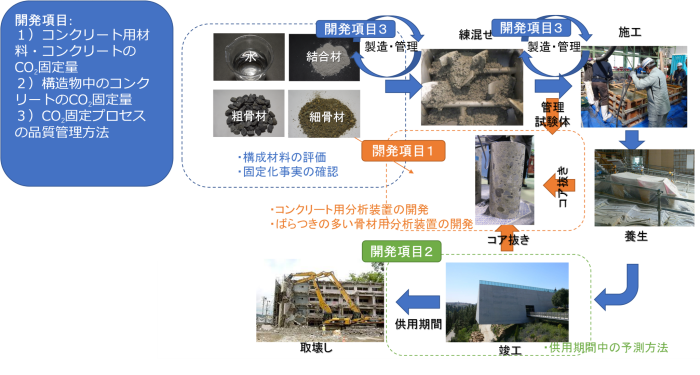
関係機関:名古屋大学、東京大学
気候変動適応シナリオに基づき、建築物および社会基盤施設に関する適応計画・適応策の検討を支援する科学的情報を提供します。日本全体を対象に建築物および社会基盤施設(道路、上下水道他)のストック及びフローを解析・モデル化を行い、空間情報に基づき気候変動適応シナリオによる影響を検討します。同検討にあたっては、適応シナリオによる影響を都市レベル、構造物レベル、建設素材レベルで検討を行うために、建築物および社会基盤施設の適応シナリオによる影響を検討します。ここでは、都市物質循環、エネルギー、建設素材、都市気象、都市経済の複眼的な視点をもって、都市機能強化の側面と炭素排出量への影響可能性、滞留年数の変動が新技術導入機会に与える影響、気候変動に脆弱な建築物・社会基盤ストックの面的広がりを考慮に入れ、検討を進めます。
中性化したコンクリート中の鉄筋腐食に及ぼす内部要因と環境要因の影響を明確し、電気化学的原理に基づき、異なる環境条件下でのセメント系材料における鉄筋腐食の律速メカニズム仮説について検討しています。実験データ、腐食メカニズムの仮説と電気化学の基本原理に基づいて中性化コンクリート中の鉄筋の腐食速度を定量化し、構造物の腐食量を把握し,RC構造物の健全性評価法の提案を目指しています。

建設分野ではセメントのCO2排出量が大きいため、効率的な排出量削減のためセメント産業のCO2収支の正確な把握が必要です。ストックと解体量を連関させたモデルとして表現することと、試験体の内部水分状態の違いに着目してCH量やC-S-HのCa/Siが変化する混合セメントにおいても促進試験から実環境への中性化深さの適切な変換方法を提案することによって、将来のCO2 uptakeの予測精度を向上させます。
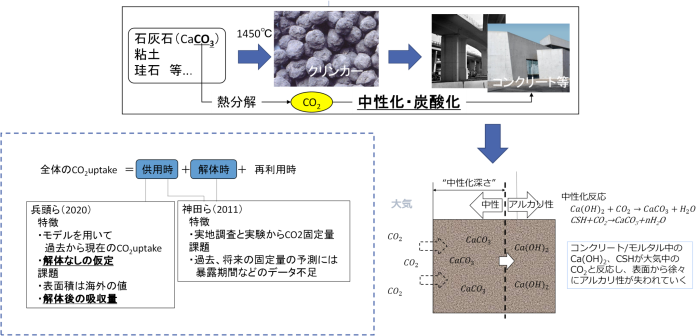
建築材料の分野において、コンクリート混合材(SCM)を使用してセメントの一部を置換することは、CO2排出量を削減するための優れた戦略の一つです。火山ガラス微粉末(VGP)は、自然の火山活動に由来する新しいサステイナブルなSCMの1つです。セメントの水和に及ぼすVGPの影響を研究することにより,火山ガラス微粉末(VGP)を含むコンクリートとモルタルの物性を明らかにすることができます。
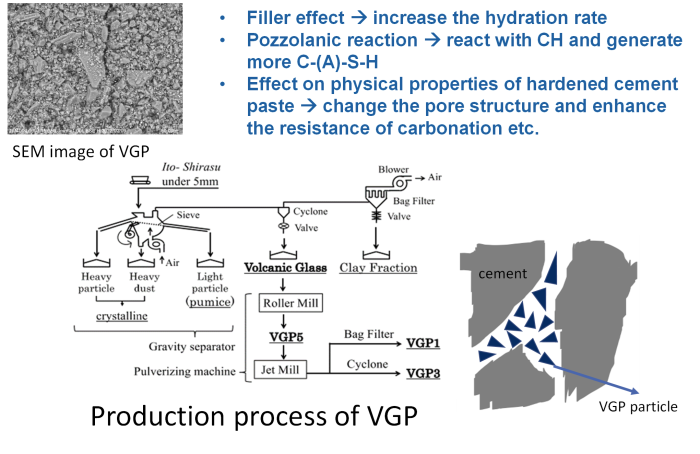
コンクリート廃棄物の粉末は、粒子間にCaCO3を析出させて固めることができ、コンクリート廃棄物を起点としたカーボンニュートラルな材料循環システムの構築に貢献することができます。

近年、火星の探査が拡大しています。2015年に発表されたNASAの計画では2030年代での有人火星探査が目標に掲げられ,火星表面での数年間の滞在が目指されています。
建築分野への期待も高まっていますが,火星の環境は地球と異なるため,建築にはさまざまな要求性能が課されます。炭酸塩はその温度によって溶解度が変わるので,炭酸塩の析出というメカニズムを用いて,現地で入手可能な資源のみを使った新建材の提案を行います。
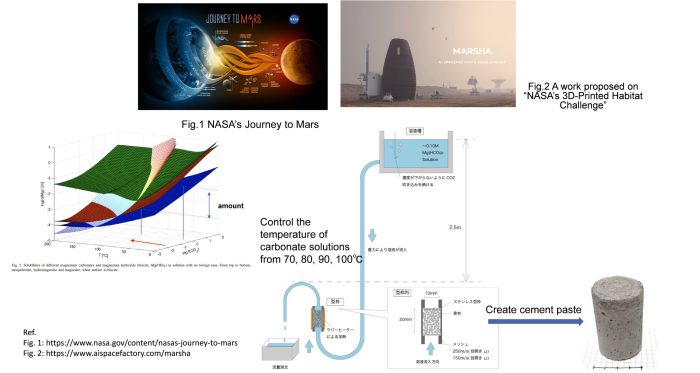
Contribution to the carbon neutral and sustainable architectural buildings and construction industries though material science and structural engineering
In this era of maintenance and preservation, scientific research has become more and more important than engineering research. Understanding the chemical and physical properties of materials, evaluating the time-dependent changes of materials accordingly, and predicting the performance over a period of 100 years or more is necessary. We are developing new construction materials, developing new recycling loops, proposing solutions to existing and future problems, elucidating the mechanisms of material function, by conducting research on materials design in extreme environments, materials development based on natural phenomena, maintenance and conservation of historical structures, and multi-scale performance evaluation of cementitious materials. We are also developing human resources who can contribute to a sustainable society.
Related Organization: The University of Tokyo, Hokkaido University, Tokyo University of Science, Kogakuin University Shinjuku Campus, Utsunomiya university, Shimizu Corporation, Taiheiyo Cement, Masuo Recycle Corporation
Cement concrete is an indispensable construction material for social capital development, but its production uses a large amount of limestone, which is a finite natural resource, and emits a large amount of CO2. The ratio of limestone reserves to production is about 100 years, and about 7% of 33 billion tons of CO2 emitted
annually worldwide comes from cement production. To fundamentally solve the problems of resource depletion and CO2 emission, in “C4S Research and Development Project”, Ca in cement concrete of buildings and civil structures is regarded as a potential resource capable of capturing CO2, and a technology is being developed to regenerate concrete waste generated by the demolition of buildings and civil structures and atmospheric CO2 as calcium carbonate concrete (CCC), which will be put into practical use as a main construction material to replace current cement concrete. Consequently, a new resource recycling system (C4S: Calcium carbonate circulation system for construction) will be realized.

Related Organization: Mitsubishi Research Institute, Nagoya University, The University of Tokyo, Kajima Construction company, Nuclear Physics Institute of the Czech Academy of Sciences Research institute, Chiba University, Nagaoka University of Technology, MRI Research Associates
Regarding the measures for aging light-water reactor plants that have operated for more than 30 years up to 60 years, we aim to clarify the mechanism of deterioration due to the effects of radiation irradiation on reactor concrete structures that are difficult to replace and, and to gain technical insights to determine if it is possible continue safe operation.
At the same time, we will develop basic data and standard evaluation methods that can be referred to and utilized by some light-water reactors in Japan, and contribute to the development of a common infrastructure for improving nuclear safety. This work will make it possible to efficiently long-term operation of nuclear power plants.

Figure 1 Relationship between irradiation value and strength (upper left), concrete after irradiation (upper right), irradiation in a nuclear reactor (lower right), alteration of quartz irradiated by electron beams (lower left)

Figure 2 Multi-scale performance evaluation system for reinforced concrete members
(Project to Promote Nuclear Science and Technology and Human Resource Development by Concentrating Wisdom, Problem-solving Nuclear Decommissioning Research Program, MEXT)
Related Organization: The University of Tokyo, National Institute for Environmental Studies, Taiheiyo Consultant, Taiheiyo Cement, Nagoya University, Hokkaido University, Japan Atomic Energy Agency
In the decommissioning of the Fukushima Daiichi Nuclear Power Plant, understanding the contamination status of radioactive materials in concrete members (internal concentration distribution and total amount) is necessary for decontamination, selection of dismantling methods, and disposal after dismantling. Conventionally, the behavior of cations in concrete has not been clarified, and in addition, there are many complicated factors such as the interaction with seawater, the aging of concrete, and the effects of high temperature changes due to heat generation in nuclear reactors. The purpose of this study is to develop a method to estimate the contamination status of reactor structures by predicting material penetration based on this fundamental information.

(Technical development of quality control and fixation fee evaluation method for CO2 emission reduction and fixation maximization concrete – Green Innovation Fund Project)
Related Organization: The University of Tokyo, Taiheiyo Consultant, Chiba University, University of The Ryukyus, Hiroshima University, Hokkaido University
Currently, CO2 fixation is being discussed in various types of concrete. Conventional cement production usually emits a large amount of CO2 due to the decomposition of limestone, therefore the concrete industry is responsible for a certain amount of CO2 emissions, and new types of concrete are being considered. In these developments, it is necessary to standardize the evaluation method in order to establish a healthy market. In this research and development, we will develop an evaluation method for JIS/ISO and prepare the data that contributes to it.

(The S-18’s Comprehensive Research on Projection of Climate Change Impacts and Evaluation of Adaptation)
Related Organization: Nagoya University, The University of Tokyo
Based on climate change adaptation scenarios, supportive information for the discussion of adaptation plans and measures for buildings and infrastructure facilities will be provided in this study. First, we will analyze and model the stock and flow of buildings and infrastructure facilities (roads, water, sewage, etc.) for Japan, and then examine the impacts of different climate change adaptation scenarios based on spatial information. In order to examine this at the city level, urban structure level, and construction material level, the impact of adaptation scenarios for buildings and infrastructure facilities will be conducted. From a multifaceted perspective of urban material cycling, energy, construction materials, urban meteorological phenomena, and urban economy, we will consider and further discuss strengthening urban functions and the possible impact on carbon emissions, lifetime change and its impact on opportunities for new technology introduction and increasing building and infrastructure stock that is vulnerable to climate change.
By clarifying the effects of internal and environmental factors on the corrosion of reinforcing steel bar in carbonated concrete, the hypothesis of steel corrosion controlling mechanism in cementitious materials under different environmental conditions can be proposed based on electrochemical principles. Based on the experimental data and proposed hypothesis of the corrosion mechanism, the corrosion rate of steel bars in carbonated concrete will be quantified to determine the amount of corrosion products in the structure. Furthermore, we aim to propose a method to evaluate the soundness of reinforced concrete members.

Since cement is a major source of CO2 emissions in the construction field, it is necessary to accurately identify the CO2 amount of the cement industry for efficient emission reduction. The CO2 uptake in Japan is calculated by a coupled model related with the stock and demolition of concrete. By focusing on the different internal moisture state in the specimen during the natural and accelerated carbonation test, and on supplementary cementitious materials with variable CH amount and Ca/Si of C-S-H, we will propose an appropriate method to covert the carbonation depth from accelerated carbonation to natural carbonation environment, which contribute to the prediction accuracy of future CO2 uptake.

In the field of building material, using supplementary cementitious materials (SCMs) to replace part of cement is a good strategy to decrease the CO2 emissions. Volcanic glass powder (VGP), acting as a sustainable material, is one of the new kinds of SCMs, which comes from natural volcanic activities. By studying the physical properties of concrete and mortar containing Volcanic glass powder (VGP), the effect of VGP on the cement hydration on the cement can be clarified.

The concrete waste powder can be hardened by making CaCO3 precipitate between particles, which contributes to create the carbon neutral material cycle system which starts from concrete waste.

In recent years, the exploration of Mars has been expanding, with NASA’s plan announced in 2015 targeting a manned mission to Mars in the 2030s, with the goal of spending several years on the Martian surface.
Expectations are also rising in the construction field in recent years. Because the environment on Mars is different from that on Earth, various performance requirements are necessary. Since the solubility of carbonates changes depending on its temperature, we will propose a new building material using only locally available resources, using the mechanism of carbonate precipitation.

For more detail: BME Lab.
Principal Investigator: Ippei Maruyama
